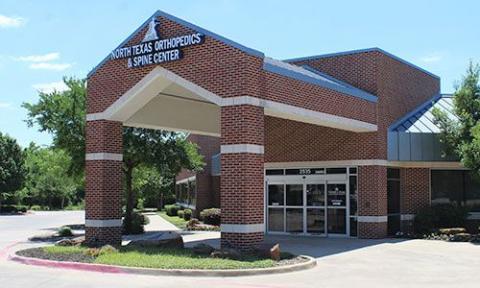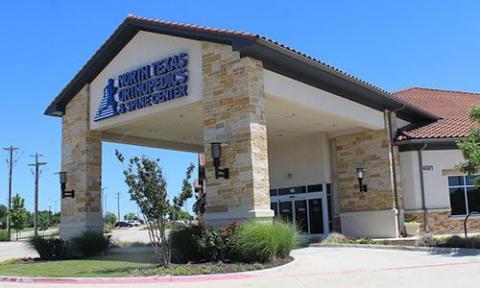The thumb ulnar collateral ligament (UCL) injury, commonly known as skier’s thumb, is a significant hand injury that can greatly impact daily activities and grip strength. This condition involves an acute sprain or tear of the UCL on the ulnar side of the metacarpal-phalangeal (MCP) joint of the thumb. While it’s often associated with skiing accidents, this injury can occur in various situations where the thumb experiences sudden, forceful abduction.

The UCL is a crucial stabilizing structure on the inner side of the thumb’s base. It connects the metacarpal bone to the proximal phalanx, providing stability for pinching and gripping motions. When this ligament is damaged, it can lead to pain, weakness, and instability in the thumb.
While often used interchangeably, skier’s thumb and gamekeeper’s thumb have distinct differences:
Skier’s thumb most commonly occurs when a skier falls while holding onto a ski pole, causing the thumb to be forcefully abducted. However, this injury can happen in various scenarios:
Common signs and symptoms of a thumb UCL injury include:
Proper diagnosis is crucial for effective treatment. A healthcare provider will typically:
A key diagnostic test is the stress test, where the examiner gently applies pressure to the thumb to assess the stability of the UCL. Excessive laxity compared to the uninjured thumb may indicate a complete tear.
Treatment for thumb UCL injuries depends on the severity of the injury:
Recovery time varies depending on the severity of the injury and the treatment approach:
Full recovery and return to sports or demanding activities may take 3-4 months or longer.
While not all UCL injuries can be prevented, some strategies can help reduce risk:
In conclusion, thumb UCL injuries, whether acute (skier’s thumb) or chronic (gamekeeper’s thumb), can significantly impact hand function. Early recognition and appropriate treatment are key to ensuring optimal recovery and preventing long-term complications. If you suspect a thumb UCL injury, it’s crucial to seek prompt medical evaluation to determine the best course of treatment and start on the path to recovery.
See why our patients love our physicians, quality of care, and amazing results.
*Based on Independent Market Research


© 2024, North Texas Orthopedics & Spine CENTER. All rights reserved.